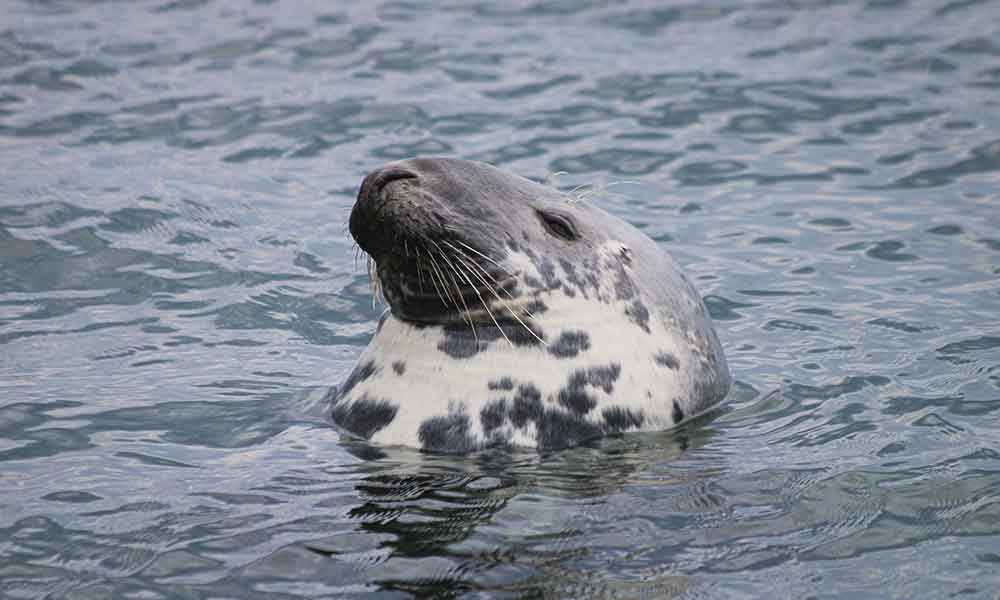Downwelling is the opposite of upwelling.
Case closed. Job done.
What’s next—something about waves, maybe?
Except, it’s not quite that simple. Even if you know what upwelling is and understand that description, there are still a few things that need to be said.
What is Downwelling?
Downwelling occurs when high-density material sinks below low-density material.
It occurs when cold air drops below warm air, but it also occurs when cold water drops below warm water or saline water drops below fresh water.
What Causes Downwelling?
In the ocean, downwelling occurs when the wind causes surface waters to build up on a coastline where they converge and sink.
This happens because the surface water is not as dense as the water underneath, and so it sinks and is replaced.
Downwelling can also occur in anti-cyclonic areas where warm rings create surface convergence and push surface water down.
Where Does Downwelling Occur?
Downwelling occurs in areas where multiple currents meet, including the subpolar gyre in the North Atlantic.
It’s commonly seen in areas where warm waters meet cold waters, as well as on a few coastlines where the surface water is pushed to the coast, builds up, and then sinks.
Why Is Downwelling Important?
Downwelling is very important. In fact, without this process, there could be mass extinction events in the world’s oceans.
It brings dissolved oxygen from the surface and helps organisms located throughout the water column.
If not for this renewal process, the dissolved oxygen would be quickly used up and many creatures would die.
It has been theorized that a similar mass extinction event occurred some 250 million years ago.
Experts believe that downwelling stopped, the ocean became stagnant, and the waters filled with methane and sulfide while being drained of oxygen.
As a result of these catastrophic changes, as much as 95% of all marine species were killed.
This event is known as the Permian-Triassic Extinction Event. It is the deadliest of all known ocean extinction events, wiping out most known marine species as well as the majority of insects.
Downwelling vs Upwelling
Upwelling occurs when ocean currents are moving away from one another. It brings nutrient-rich water to the surface.
Downwelling is the opposite. It occurs when surface waters converge and it drops heavier surface water below lighter deep water.
Both of these processes are very important and are responsible for something known as thermohaline circulation, which roughly translates as “heat and salt circulation” and helps to keep salinity levels and temperature in balance.







